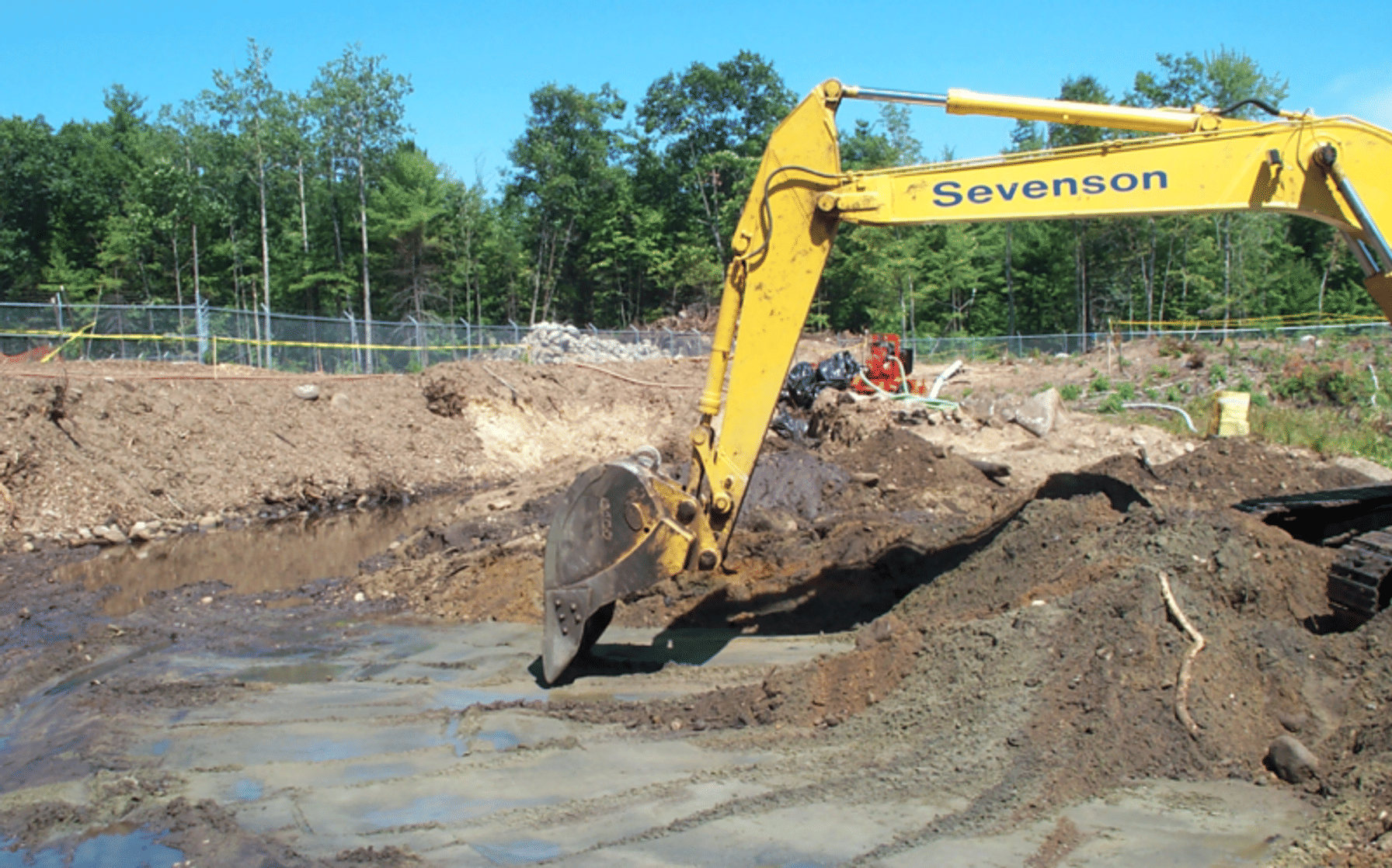
The U.S. Environmental Protection Agency (EPA) published a proposed rule in the May 13, 2016, Federal Register that would extend the requirements of the Site Remediation National Emission Standards for Hazardous Air Pollutants (NESHAP) regulations (40 CFR Part 63, Subpart GGGGG) to previously exempt soil and groundwater remediation activities under CERCLA and RCRA.
Many current and future remediation projects across a range of industries may now be subject to this greatly expanded rule.
EPA is proposing to amend the NESHAP by:
- Removing current exemptions for site remediation activities conducted under CERCLA, a RCRA corrective action or other RCRA order;
- Revising the applicability provisions to include stand-alone site remediation projects with the potential to emit 10 tons per year of a single hazardous air pollutant (HAP) or 25 tons per year for a combination of HAPs (major source of HAPs); and
- Requiring remediation at current operating facilities which are major sources of HAPs to comply with the rule even if the remediation by itself is not a major source of HAPs.
EPA estimates the number of current locations affected by this new rule could be at least 69; however, this estimate may be low.
The rule includes 97 organic HAPs which may be contained in remediation material (e.g., soil, groundwater) during the removal, destruction, degrading, transforming, immobilizing, or otherwise managing the material. The rule is triggered if more than 1 Mg/yr of remediation material is managed. Rules for metals have been deferred.
The rule requires either air pollution control equipment or work practices on the following types of remediation activities:
- Vapor/liquid extraction systems which have process vents. There are emission limitations to be achieved if emissions are above a threshold.
- Tanks and containers which have vents are subject to the process vent rule, but those without vents are subject to tank design and work practice standards.
- Impoundments of certain sizes and HAP content would be subject to covering and treating emissions.
- Process equipment would be subject to leak detection and repair programs such as in effect at chemical plant and refineries.
- Subject facilities would be required to perform rigorous compliance testing, monitoring and reporting.
Existing site remediation activities (before May 13, 2016) that become newly subject to the Site Remediation NESHAP, as a result of these proposed amendments, would be required to comply with the rule within 18 months from the date the final rule is published in the Federal Register. New sources, constructed on or after May 13, 2016, would be required to be in compliance on the effective date of final rule amendments or upon startup, whichever is later.
Comments on the proposed rule are due by June 27, 2016 and can be submitted via Docket ID No. EPA–HQ–OAR–2002–0021 at http://www.regulations.gov.
TRC can help clients prepare/submit comments and/or evaluate their remediation systems to make sure they are not major HAP sources and complete the 1 Mg/yr calculation which determines what if any compliance requirements they might have. If the remediation facility is a “new” major HAP source and managing more than 1 Mg/yr; clients can make sure none of the five control bullets above apply. Even if remediation projects don’t have any emission controls/work practices, they still need to document this in writing. When considering a new remediation project, clients are urged to evaluate the applicability of the proposed rule. The following flow chart can help with this review.
